Effects of Combining Blow Bottle and Percussion Techniques in Patients with Chronic Obstructive Pulmonary Disease: A Randomised Controlled Trial
DOI:
https://doi.org/10.61919/x022q758Keywords:
Chronic Obstructive Pulmonary Disease, COPD management, percussion therapy, Blow Bottle techniqueAbstract
Background: Chronic obstructive pulmonary disease (COPD) remains a major global health challenge, with persistent symptoms of dyspnoea, sputum retention, and airflow limitation despite pharmacological therapy. Airway clearance techniques such as percussion and blow bottle therapy each provide benefit, but their combined effects are insufficiently studied. Objective: To determine whether combining manual chest percussion with blow bottle therapy improves clinical outcomes compared with percussion alone in patients with stable mild-to-moderate COPD. Methods: In this single-centre, parallel-group randomised controlled trial, 34 participants were allocated to receive either percussion alone (n=16) or percussion plus blow bottle therapy (n=18), three times weekly for four weeks. The primary outcome was oxygen saturation (SpO₂). Secondary outcomes included peak expiratory flow, dyspnoea (mMRC scale), and sputum burden (BCSS). Analyses followed intention-to-treat principles with multiple imputation and Holm correction. The trial was prospectively registered at ClinicalTrials.gov (NCT05678923). Results: All participants completed follow-up with high adherence (>93%). The combined intervention produced greater improvements in SpO₂ (+1.0%, 95% CI: 0.5–1.5; p<0.001) and peak expiratory flow (+25 L/min, 95% CI: 10–40; p=0.003) compared with percussion alone. Dyspnoea (–0.5, 95% CI: –0.9 to –0.1; p=0.010) and sputum burden (–0.6, 95% CI: –1.1 to –0.1; p=0.020) also improved significantly. No serious adverse events occurred; one case of transient dizziness was reported. Conclusion: The combination of percussion and blow bottle therapy enhanced oxygenation, lung function, and symptom burden compared with percussion alone. Given its low cost and feasibility, this approach may represent a valuable adjunct in COPD rehabilitation, although larger multicentre trials are required to confirm long-term benefits.
Downloads
Published
Issue
Section
License
Copyright (c) 2024 Javeria Shahzad, Sidra Afzal, Rabia Majeed (Author)

This work is licensed under a Creative Commons Attribution 4.0 International License.
© 2025 The Authors. This work is licensed under a Creative Commons Attribution 4.0 International License (CC BY 4.0).


